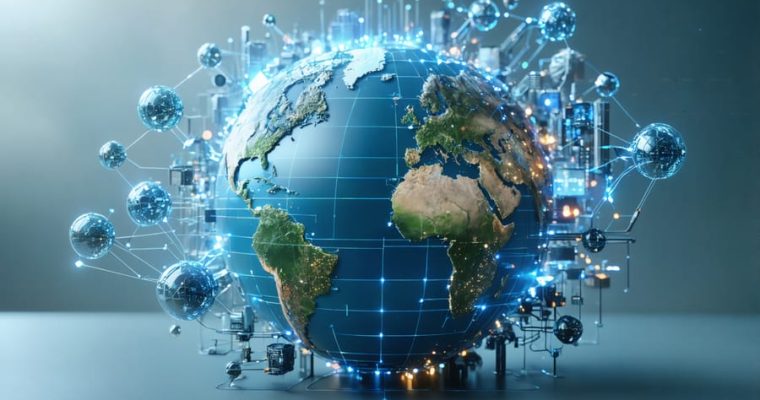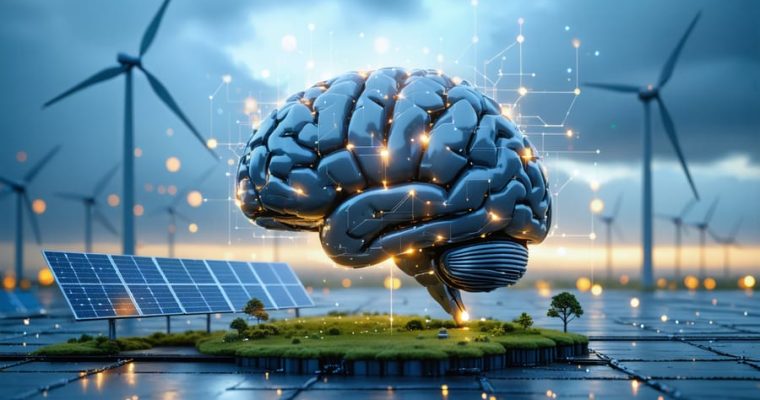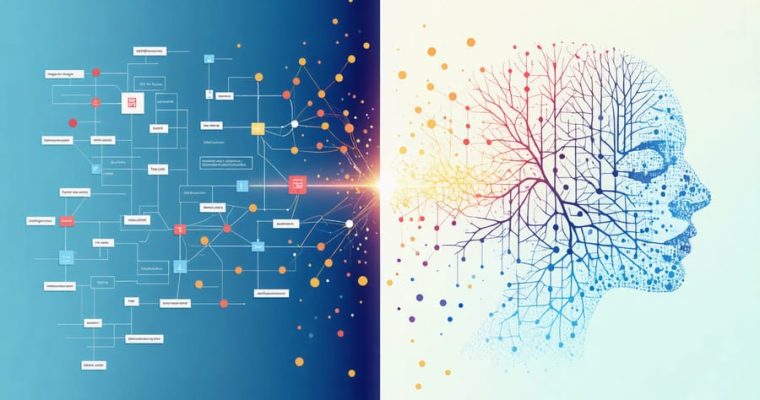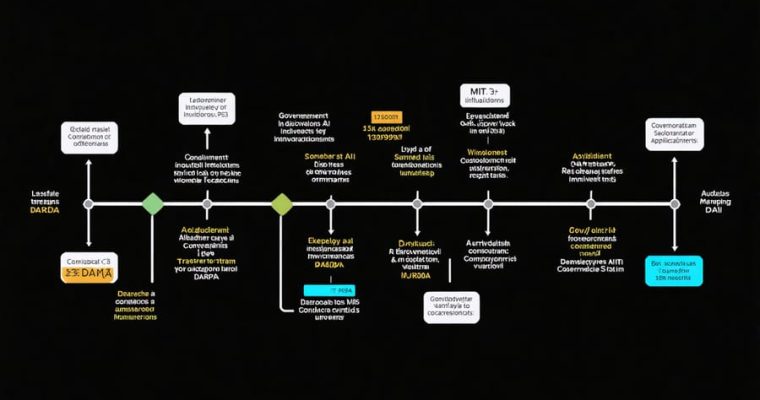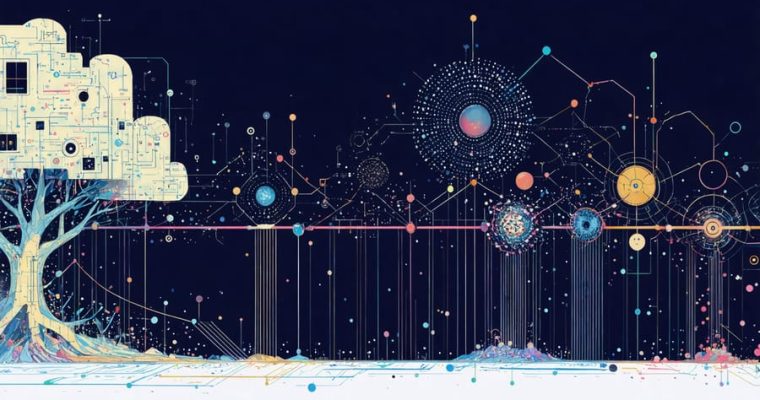These Countries Are Reshaping AI (And Silicon Valley Didn’t See It Coming)
The global artificial intelligence landscape has dramatically shifted beyond Silicon Valley’s borders, revealing a new world order where innovation knows no geographical bounds. From China’s meteoric rise in facial recognition technology to India’s AI-driven healthcare solutions, emerging powers are reshaping how we think about technological leadership. These AI breakthroughs aren’t just challenging Western dominance—they’re creating a rich tapestry of diverse approaches to artificial intelligence development.
Countries like South Korea, Israel, and the United Arab …

